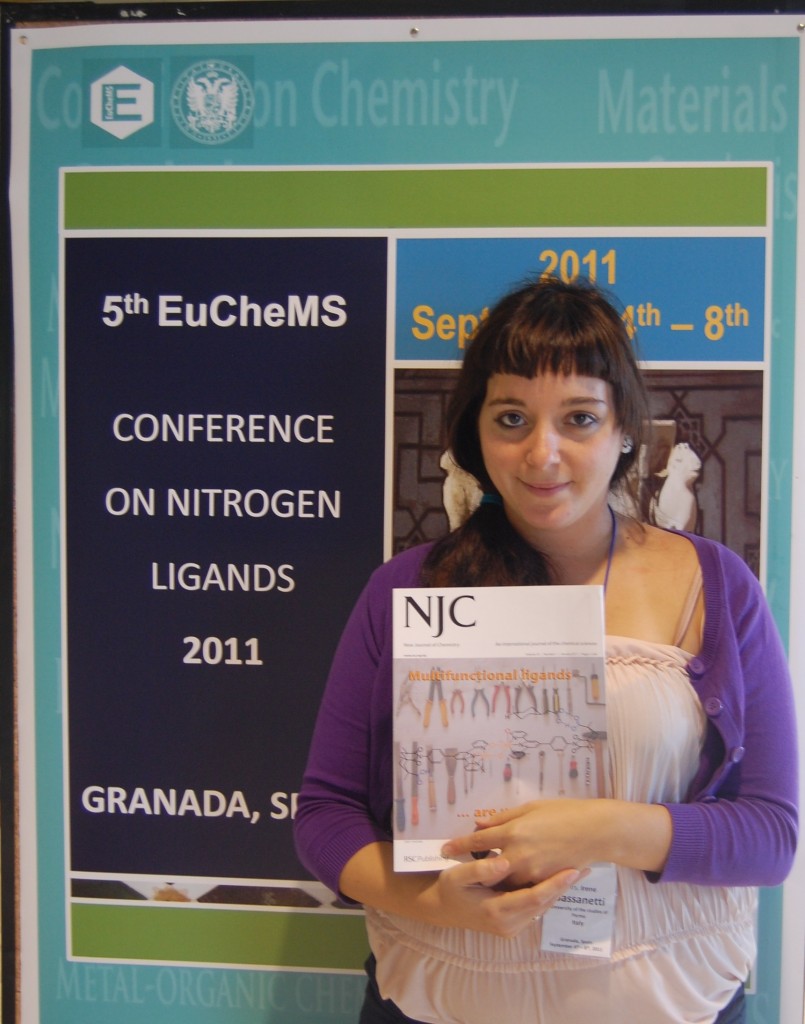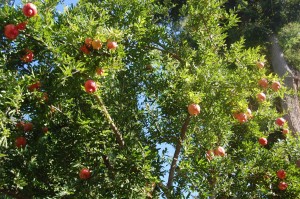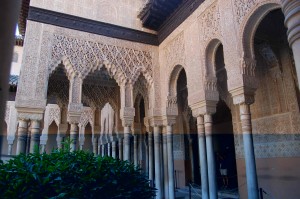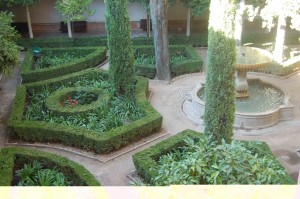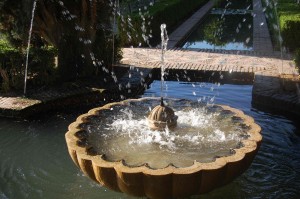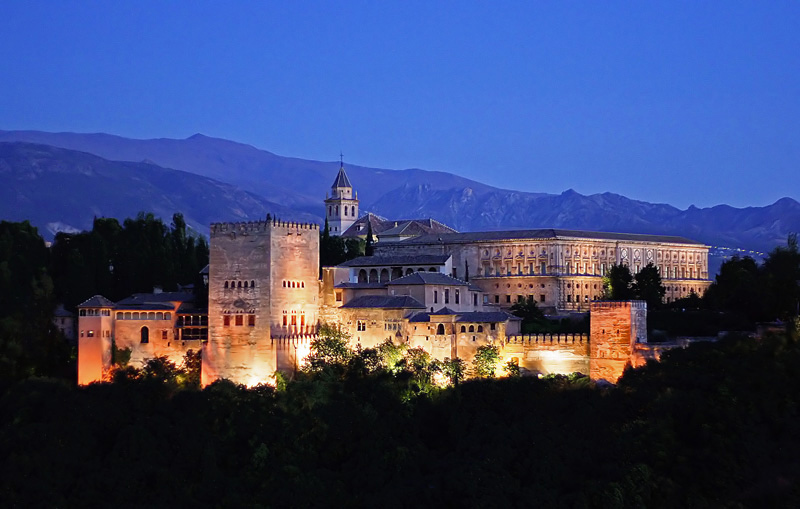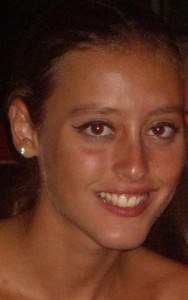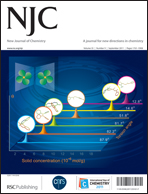Chemistry in the life sciences, nitrogen ligands everywhere, and catalysis are the themes of three conferences where NJC staff and board members will be representing the journal:
• 4th European Conference on Chemistry for Life Sciences (August 31 – September 3, 2011 in Budapest, Hungary)
• 5th EuCheMS Conference on Nitrogen Ligands in Coordination Chemistry, Metal-organic Chemistry, Bioinorganic Chemistry, Materials & Catalysis (September 4 – 8, 2011 in Granada, Spain)
• 21st Century Catalysis Science and Applications (September 29 – 30, 2011 in Ottawa, Ontario, Canada)
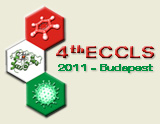
Kicking off this final round of summer conferences, Assistant Editor Dr Laurent Vial will be in Budapest for the 4th European Conference on Chemistry for Life Sciences. As part of the sponsorship of this conference by NJC, he will present poster prizes to two young chemists*. (Contact Laurent if you would like to meet him in Budapest.)
The conference covers both bioorganic and bioinorganic chemistry with an interdisciplinary flavor. The scientific sessions will cover a wide range of topics, including biomolecules in 3D, metals in medicine, synthetic biology, bioinspired catalysis, glycochemistry and many more.
This 4th edition in the series of meetings is co-chaired by Tamás Kiss and András Perczel and will be held in the ELTE Convention Center located at Eötvös Loránd University.
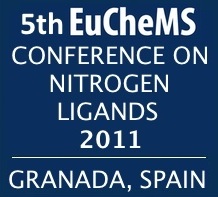
Following close behind is the 5th EuCheMS Conference on Nitrogen Ligands, at which NJC is sponsoring a poster prize*. Associate Editor Prof. Mike Scott and NJC Managing Editor Dr Denise Parent will be attending and look forward to meeting you there. Drop us a line if you will also be in Granada.
Ten eminent scientists from throughout the world will present plenary lectures on nitrogen-containing ligands used in a variety of areas, including biology, medicine, energy and the environment, materials….and almost 50 other speakers will expand on the subject.
This European Association for Chemical and Molecular Sciences conference will take place in the Granada Congress Centre and is organized by Jorge A. R. Navarro with colleagues from Spain, Italy and Germany.
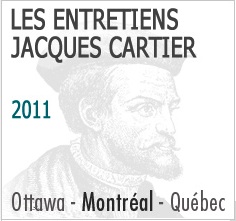
At the end of September the 21st Century Catalysis Science and Applications colloquium of the Entretiens Jacques Cartier will take place in Ottawa. NJC Board member Dr Odile Eisenstein, one of the speakers, will present an NJC poster prize*. (Contact Odile.)
Conference topics range from a fundamental understanding of catalysis, biocatalysis and biomass conversion, to applications in nanoscience and energy.
This two-day conference is organized by researchers in Canada and France, and in particular Professors Tom Baker, Nicolas Abatzoglou and Davit Zargarian locally.
Read more »
Comments Off on NJC at end-of-summer conferences
